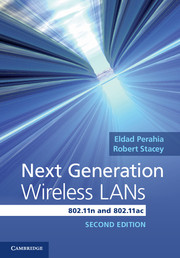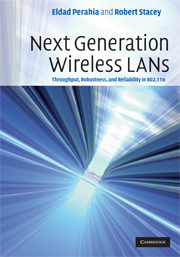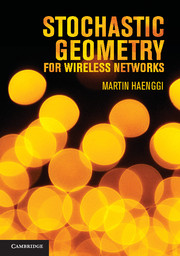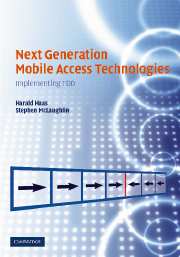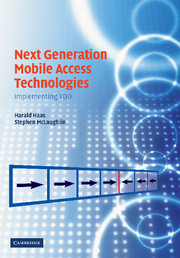Next Generation Wireless LANs
If you've been searching for a way to get up to speed on IEEE 802.11n and 802.11ac WLAN standards without having to wade through the entire specification, then look no further. This comprehensive overview describes the underlying principles, implementation details and key enhancing features of 802.11n and 802.11ac. For many of these features the authors outline the motivation and history behind their adoption into the standard. A detailed discussion of key throughput, robustness, and reliability enhancing features (such as MIMO, multi-user MIMO, 40/80/160 MHz channels, transmit beamforming and packet aggregation) is given, plus clear summaries of issues surrounding legacy interoperability and coexistence. Now updated and significantly revised, this 2nd edition contains new material on 802.11ac throughput, including revised chapters on MAC and interoperability, plus new chapters on 802.11ac PHY and multi-user MIMO. An ideal reference for designers of WLAN equipment, network managers, and researchers in the field of wireless communications.
- Includes simulations of most PHY functions, providing a useful benchmark for future exploration
- Contains background materials on 802.11a PHY, 802.11 and 802.113 MAC
- Emphasises the standards' most widely implemented features, making it an approachable alternative to the full standard specifications
Reviews & endorsements
Praise for the first edition: 'Books like this one are invaluable because they provide the details and the background that allow readers to answer the questions 'what is likely to be in the final standard?' and 'how does it work?' Eldad and Robert should be congratulated on taking up the challenge.' Andrew Myles, Chairman, WiFi Alliance
Product details
No date availableHardback
9781107016767
478 pages
254 × 178 × 25 mm
1.08kg
244 b/w illus. 100 tables
Table of Contents
- 1. Introduction
- 2. Orthogonal frequency division multiplexing
- 3. MIMO/SDM basics
- 4. PHY interoperability with 11a/g legacy OFDM devices
- 5. High throughput
- 6. Robust performance
- 7. Very high throughput PHY
- 8. Media access control
- 9. MAC throughput enhancements
- 10. Advanced channel access techniques
- 11. Interoperability and coexistence
- 12. MAC frame formats
- 13. Transmit beamforming
- 14. Multi-user MIMO
- 15. Fast link adaptation.

